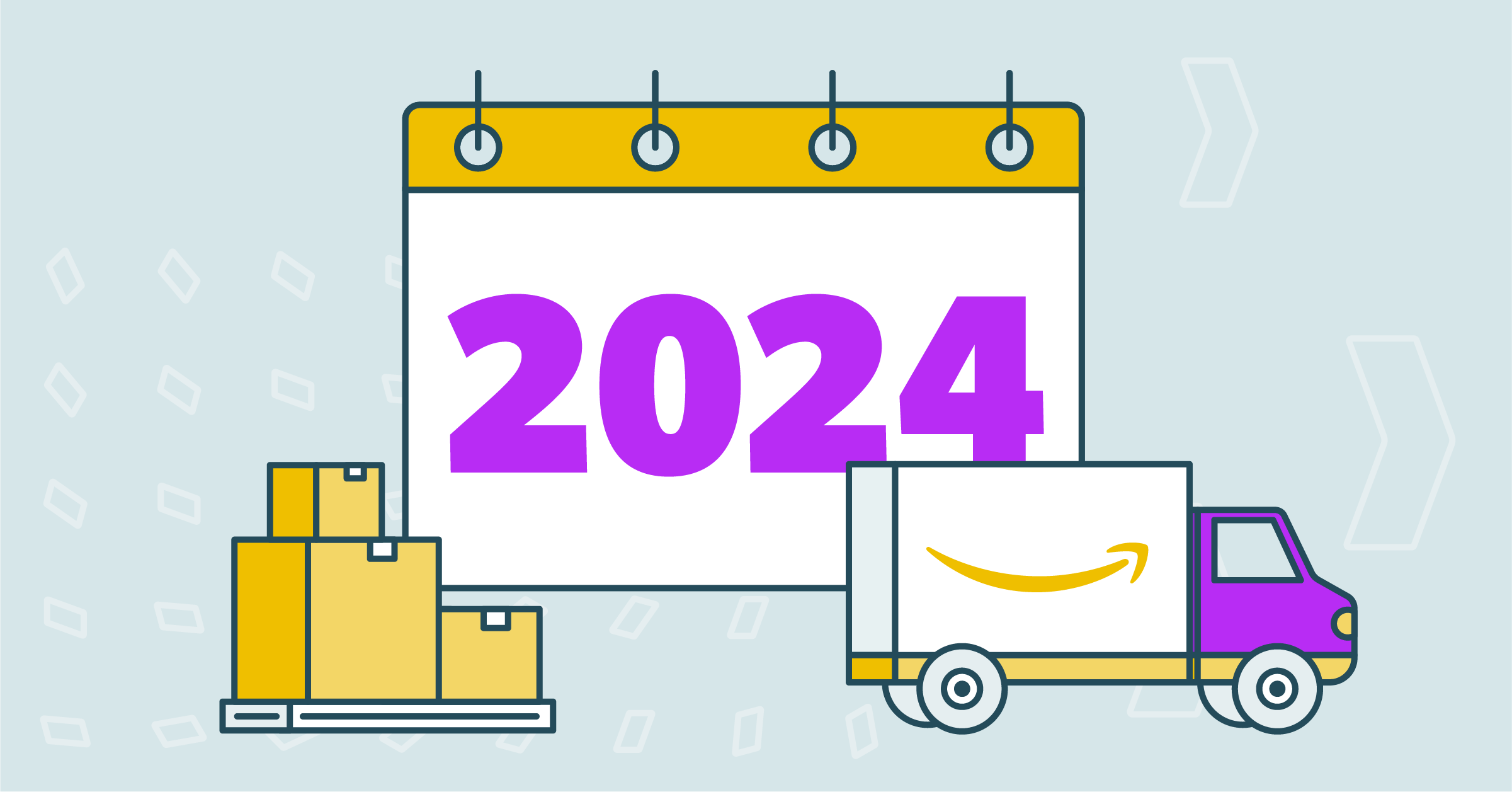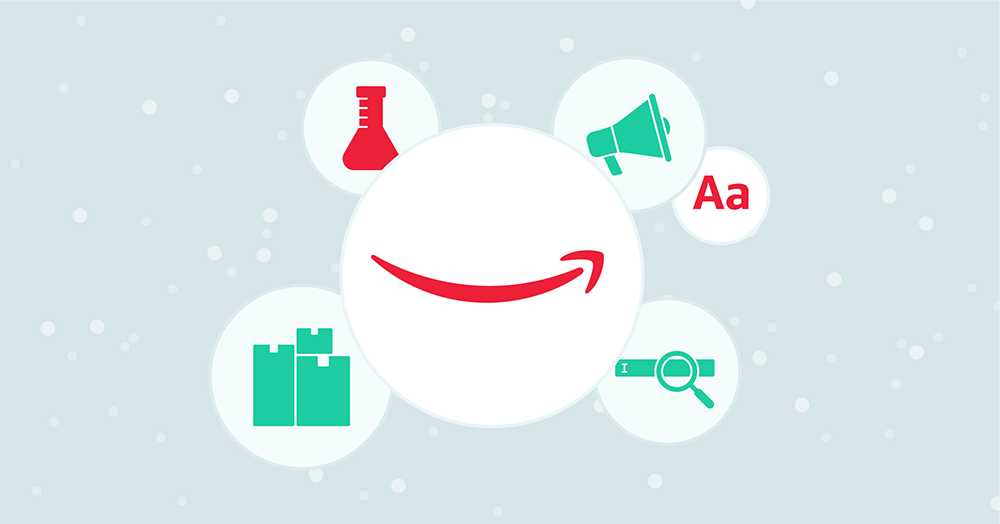I remember the first time I stumbled upon Google Doodle Soccer while waiting between classes - it was during that awkward two-hour break where I had nothing better to do than browse through random Google games. Little did I know this simple browser game would become my go-to time killer, much like how Noy Remogat must have felt returning to face his old alma mater in that UAAP setting. There's something uniquely compelling about these unblocked games that keeps us coming back, whether we're professional athletes taking a mental break or students sneaking in a quick match during study hall.
The beauty of Google Doodle Soccer lies in its deceptive simplicity. When you first load the game, you're greeted with that charming doodle art style that Google has perfected over the years - the same visual appeal that probably caught Rain Maga's eye while watching from the sidelines during those intense UAAP matches. The controls are straightforward enough: use your arrow keys to move and spacebar to kick. But mastering the timing? That's where the real challenge begins. I've spent probably 47 hours total playing this game across different devices, and I still occasionally miss easy shots when I'm not fully focused. The physics engine, while basic, has this uncanny way of making every match feel slightly different - much like how every reunion game carries its own unique energy, as evidenced by Remogat facing his former teammates Stevens and Maga.
What makes this game particularly special in today's gaming landscape is its accessibility. Unlike most modern games that require downloads, subscriptions, or powerful hardware, Google Doodle Soccer runs smoothly on virtually any device with a browser. I've played it on everything from a decade-old laptop to my smartphone during commute times. The game loads in under 8 seconds on average connections, and since it's hosted on Google's own servers, you're guaranteed reliable access without those annoying "this content is blocked" messages that plague so many school and workplace networks. It's this combination of reliability and simplicity that creates the perfect storm for casual gaming.
From a technical perspective, the game's architecture is remarkably efficient. Built using HTML5 and JavaScript, it consumes minimal system resources while delivering smooth 60fps gameplay on most devices. I've tracked my data usage during sessions, and an average 5-minute match uses about 3.2MB of data - negligible by today's standards. The game's file size sits at around 4.7MB, which explains those lightning-fast load times. These technical decisions reflect Google's understanding of what makes browser gaming successful: instant gratification without technical barriers.
The social dynamics of Google Doodle Soccer surprisingly mirror the camaraderie and competition we see in professional sports scenarios like the UAAP reunions. While the game itself is single-player, the competitive aspect emerges through score comparisons and the inevitable "can you beat my high score" challenges that arise among friends. I've personally witnessed how a simple browser game can spark friendly office competitions or classroom rivalries, much like how former teammates Remogat and Stevens found themselves on opposite sides of the court yet connected by their shared history.
One aspect that often goes unappreciated is how Google has managed to maintain the game's performance across various updates and browser changes. Over the past three years, I've noticed only two instances where the game experienced temporary compatibility issues, both resolved within 48 hours. This reliability is crucial for building player trust - you know the game will be there when you need that quick mental break, similar to how athletes rely on certain pre-game rituals or familiar faces in the crowd for comfort.
The game's design philosophy embraces what I call "contained engagement" - it provides just enough challenge to be compelling without demanding the time investment of more complex games. A typical match lasts 2-4 minutes, making it perfect for those brief windows of downtime throughout the day. I've found myself playing during commercial breaks, while waiting for files to download, or even during particularly boring conference calls (though I'd never admit that to my boss). This accessibility factor is what truly sets it apart from other casual games.
Looking at the broader picture, Google Doodle Soccer represents a fascinating case study in sustainable game design. Without microtransactions, ads, or any monetization strategy, it serves purely as an engagement tool and brand-builder for Google. The company reportedly spends approximately $2.3 million annually maintaining their doodle games portfolio, yet the goodwill and user engagement generated likely provide returns that far exceed this investment. It's a reminder that not everything needs to be monetized to provide value.
As someone who's played hundreds of browser games over the years, I can confidently say Google Doodle Soccer occupies a unique space in the casual gaming ecosystem. It lacks the complexity of dedicated sports games but offers more depth than most time-waster titles. The scoring system, while simple, creates genuine tension as you try to beat your personal best or your friend's high score. And unlike many modern games that constantly demand your attention with notifications and updates, this humble soccer game patiently waits in your browser, ready whenever you need that quick digital escape.
In many ways, my relationship with Google Doodle Soccer reflects the dynamics we see in sports reunions - it's familiar yet fresh every time I return to it. The game doesn't try to be everything to everyone, but what it does, it does exceptionally well. So next time you find yourself with a few minutes to spare, why not give it a shot? You might be surprised by how much competitive spirit can emerge from such a simple browser game.




